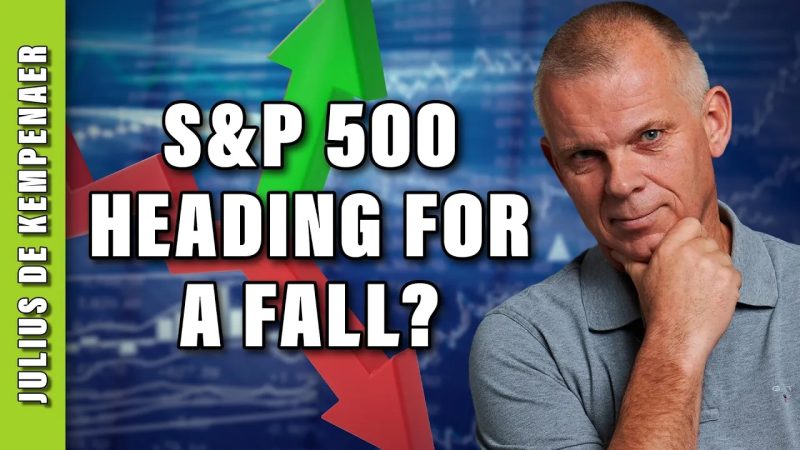The VIX Index: An Intriguing Indicator of Market Volatility
Market volatility is a topic that occupies the minds of many investors and traders. While various tools and indicators are used to gauge market conditions, one indicator that stands out due to its unique approach is the VIX Index. The VIX, also known as the fear index, measures the market’s expectations of volatility over the next 30 days. It is based on the prices of options on the S&P 500 index and is considered a reliable gauge of investor sentiment and market risk appetite.
The VIX Index has gained popularity in recent years as a valuable tool for market participants to assess the level of fear or complacency in the market. When the VIX is low, it indicates that investors are relatively complacent and expect low levels of volatility in the near future. On the other hand, a high VIX reading suggests that investors are anxious and anticipate significant market swings.
One of the key features of the VIX Index is its inverse correlation with the S&P 500 index. Historically, the VIX tends to spike during market downturns or periods of heightened uncertainty, causing stock prices to drop. This inverse relationship makes the VIX a valuable leading indicator for market trends, as sudden spikes in the VIX can precede sharp declines in the stock market.
Moreover, the VIX Index serves as a useful tool for portfolio hedging and risk management. Investors can use VIX futures, options, or ETFs to protect their portfolios from sudden market shocks or to speculate on market volatility. By monitoring the VIX closely, traders can make informed decisions about when to hedge their positions or adjust their risk exposure.
Despite its usefulness, the VIX Index is not without its limitations. Critics argue that the VIX may not accurately capture all aspects of market volatility and can sometimes be influenced by external factors. For example, during periods of extreme market stress, the VIX may not reflect the full extent of potential risks due to liquidity issues or distorted options pricing.
In conclusion, the VIX Index is a powerful tool that provides valuable insights into market sentiment and volatility levels. As a leading indicator, it can help investors anticipate market trends and make informed decisions about risk management. While it has its drawbacks, the VIX remains a popular indicator among traders and investors seeking to navigate the complexities of the financial markets with more clarity and confidence.




























